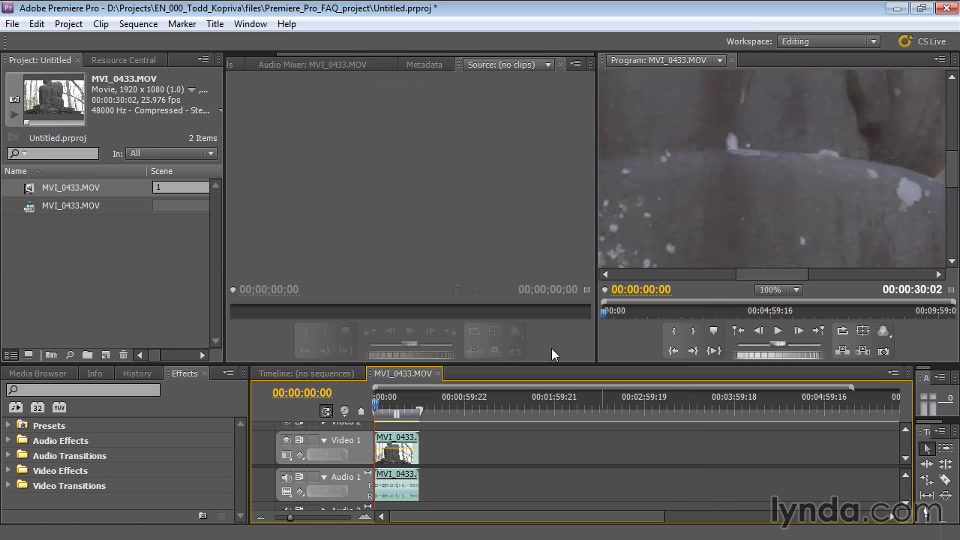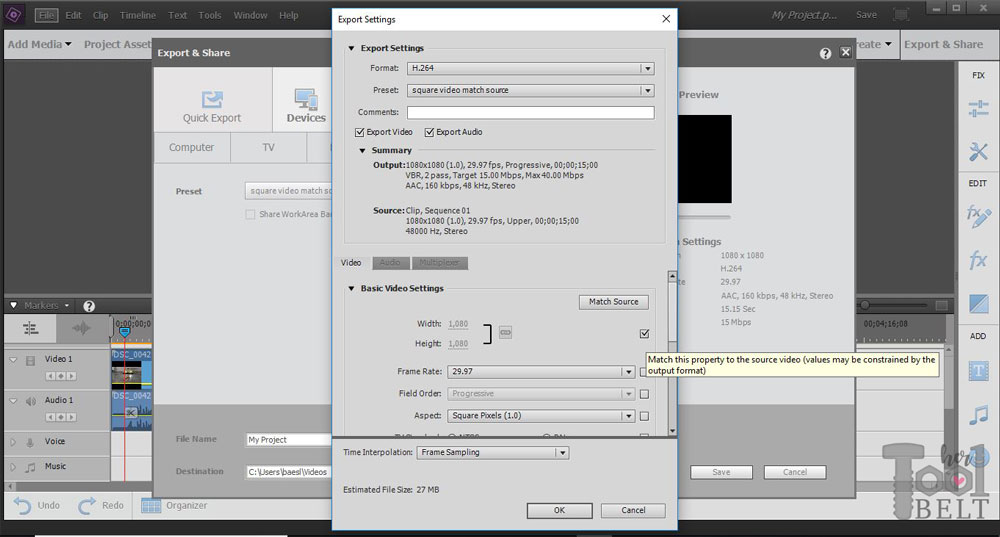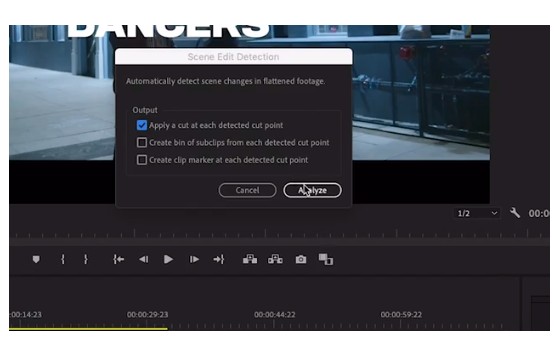

- #Custom sequence preset adobe premiere how to
- #Custom sequence preset adobe premiere pro
- #Custom sequence preset adobe premiere mac
Once you have at least one clip in a sequence, the sequence settings can’t be changed. Create a new sequence using this technique and any ProRes clip, then remove the original ProRes clip after you have edited at least one additional clip into that sequence. NOTE: You can also use this technique to create a ProRes sequence even when the camera master format is not ProRes. This creates a new sequence that exactly matches the format of the source clip. The easiest way to create a ProRes sequence is to take an existing ProRes clip, with the frame size and frame rate you want to use, import it into the Project panel, then drag it on top of the New Sequence icon in the lower right corner of the Project panel. So, either create a new project or open an existing project. It just means that you won’t lose any quality during the conversion.Ĭodecs are assigned to the sequence, not the project. NOTE: Converting a lower-quality camera format, such as H.264, to a higher-quality format, such as ProRes 422, does not add more quality. If those After Effects or Motion files contain transparency that you want to retain, choose ProRes 4444 with alpha.After Effects or Motion, choose ProRes 4444. If you are working with files created on the computer, i.e.If you are working with RAW, HDR or Log files, choose ProRes 4444.If you are working with SD or HD media, choose ProRes 422.If you need smaller files for editing, use proxies. If your camera shoots any version of ProRes natively, there’s no reason to convert it to a different version of ProRes.(Remember, ProRes is designed for editing and master files, not for posting to the web.) This depends upon the video you initially shot. However, this may change now that Adobe has announced support for ProRes on Windows. The easiest, and cheapest, way to get them is to purchase either Apple Motion or Compressor. NOTE: Premiere does not ship with the ProRes codecs. It is comparable to Avid’s DNxHD codec or CineForm which offer similar bitrates and are also intended to be used as intermediate codecs.” ( Wikipedia)Īll variations of ProRes have a video bit-depth of 10 bits or greater. The benefit of an intermediate codec is that it retains higher quality than end-user codecs while still requiring much less expensive disk systems compared to uncompressed video. “ProRes is a line of intermediate codecs, which means they are intended for use during video editing, and not for practical end-user viewing.

It is widely used as a final format delivery method for HD broadcast files in commercials, features, Blu-ray and streaming. It is the successor of the Apple Intermediate Codec and was introduced in 2007 with Final Cut Studio 2. for use in post-production that supports up to 8K. “Apple ProRes is a high quality, lossy video compression format developed by Apple Inc.
#Custom sequence preset adobe premiere how to
NOTE: Here’s an article on how to create a ProRes sequence setting in Adobe Media Encoder.
#Custom sequence preset adobe premiere pro
Here’s how to create a ProRes sequence in Adobe Premiere Pro CC.

For now, though, creating a ProRes sequence still requires creating a custom sequence.

What this means is that a future version of Premiere will probably change the Sequence settings to reflect this.
#Custom sequence preset adobe premiere mac
Selecting a region changes the language and/or content on in 2019, Adobe announced it will add support for the Apple ProRes codec family in Premiere for both Mac (which it has always supported) and Windows (which is new). PAL (Phase Alternating Line) is the standard format for Europe, Russia, Africa, Middle East, India, Australia, New Zealand, South Pacific, China, and other parts of Asia.īecause you can’t change the project preset after starting a project, verify the format of your source footage before selecting a project preset. NTSC (National Television Standards Committee) is the television standard for the Americas, the Caribbean, Japan, South Korea, and Taiwan region. You can use the default project preset of the television standard for the Adobe Premiere Elements version installed on your computer. A project preset is a collection of preconfigured project settings. When you start a new project, Adobe Premiere Elements applies a project preset to it. Project settings also specify the frame rate, audio sample rate, upper or lower field first, and bit depth for your project. For example, they determine their format (AVCHD), source (hard disk or Flash memory camcorder), and aspect ratio (standard or widescreen video). Project settings determine the properties of your video and audio project assets.


 0 kommentar(er)
0 kommentar(er)
